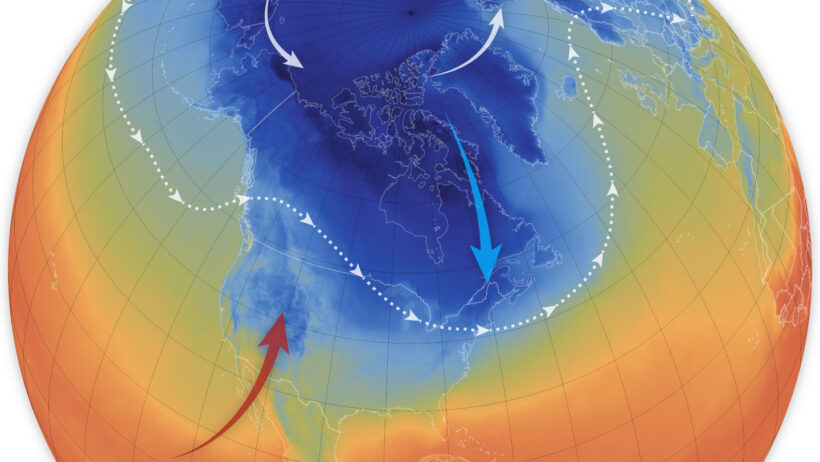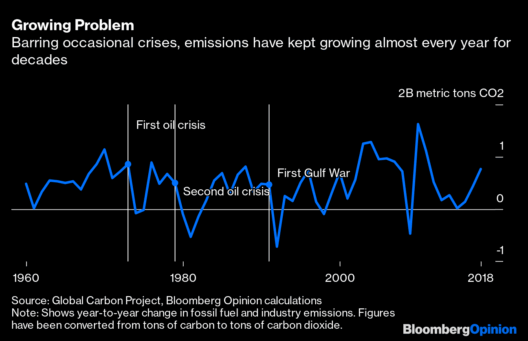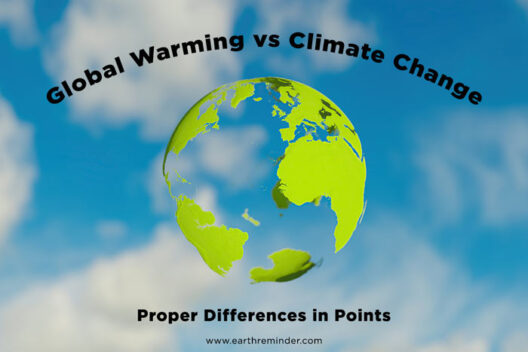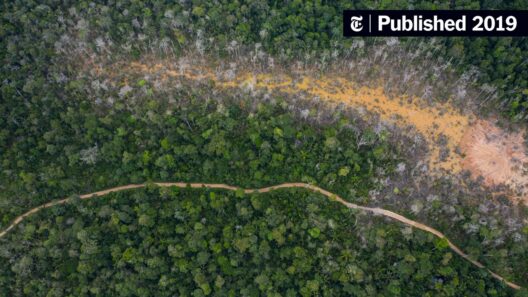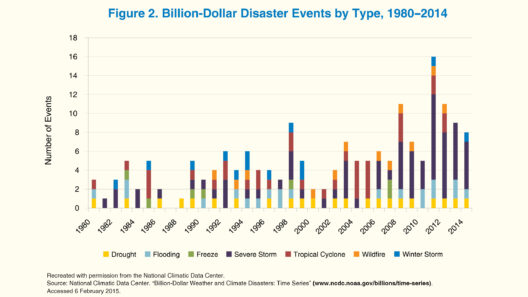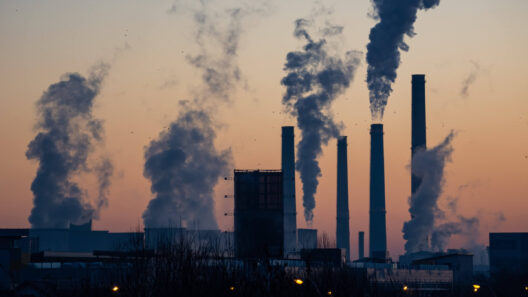The polar jet stream, a high-altitude river of winds that encircles the globe, plays a pivotal role in dictating the weather patterns that we experience across various regions. As temperatures rise due to anthropogenic climate change, this jet stream is exhibiting a concerning wobble, which has profound implications for global weather phenomena. This discourse will elucidate the ramifications of this anomaly, exploring how the polar jet stream’s alterations induce atypical weather conditions, exacerbate extreme weather events, and shift our understanding of climate systems.
The polar jet stream is primarily driven by the temperature gradient between the frigid polar regions and the warmer air masses closer to the equator. Typically, it flows in a relatively stable, meandering path. However, with the advent of global warming, characterized by increased atmospheric carbon dioxide and other greenhouse gases, the gradients are changing. The warming Arctic, due to ice melt and rising temperatures, diminishes the contrast that once fueled the jet stream’s vigor. As a result, the polar jet’s trajectory becomes more pronounced in its undulations—an effect that speaks to a multitude of meteorological repercussions.
When the jet stream wobbles, it can remain stationary for prolonged periods, leading to extended weather patterns. This phenomenon has been linked to excessive weather outcomes. For instance, a looped pattern in the jet stream can trap cold air masses in certain regions, as observed in the recent polar vortex events. Conversely, regions that find themselves on the other side of this oscillation may experience unanticipated warmth. Such occurrences can lead to outlandish weather patterns, fuelling both droughts in some areas and heavy precipitation in others—a clear semblance of climate extremes compounded by changing jet stream dynamics.
The implications of polar jet wobbling extend beyond mere curiosities of meteorology. They hold significant bearings on agriculture, ecosystems, and human societies. For instance, unexpected cold snaps can decimate crops that are unprepared for sudden frosts, while protracted dry spells can obliterate farms reliant on predictable rainfall patterns. Ecosystems that depend on specific climatic conditions may face severe disruptions, with species migrations, breeding patterns, and food webs all rendered precarious. In light of such revelations, the reverberations of climatic instability borne out of jet stream shifts could reshape our landscapes and food security—but this is just the tip of the iceberg.
Urban areas are not immune to the vicissitudes wrought by the jet stream’s modified behavior. Cities might contend with the disastrous effects of flooding from unprecedented rain events or the sweltering heat of prolonged heatwaves. Infrastructure, designed with historical weather data in mind, finds itself tested against scenarios it was never intended to withstand. As utilities struggle to meet elevated demands for cooling or mitigate flooding risks, the economic implications become stark, spilling into wider ramifications for societal resilience and public health.
The scientific community has recognized these phenomena, delving into research to illuminate the correlation between polar jet stream alterations and climate change. Studies indicate that as the Arctic warms more quickly than other regions—an occurrence known as Arctic amplification—the entire system behaves unpredictably. It is inextricably tied to an array of elements, including ocean currents, atmospheric pressure systems, and tropical weather patterns, creating a web of interconnected forces that potentiate the severity of weather extremes.
While climate models strive to shed light on future scenarios, uncertainty remains. The multifaceted interactions at play complicate projections, necessitating a nuanced understanding of both local and global geophysical processes. However, researchers are honing in on the idea that the frequency and severity of extreme weather will likely escalate as the climactic paradigm continues to shift. This offers a clarion call for the global community to prioritize adaptive strategies and mitigation efforts to counteract impending challenges.
Addressing the implications of a wobbly polar jet stream ultimately transcends scientific inquiry; it compels a reevaluation of our relationship with the environment. The changes noticed today invite reflection on human impacts and the urgent need for sustainable practices. Communities can leverage this opportunity to engage in dialogue and advocate for policy reforms aimed at curbing greenhouse gas emissions. From renewable energy initiatives to reforestation projects, collective action can steer us towards a more resilient future.
Moreover, public awareness is crucial. As individuals come to grasp the interconnectedness of weather systems and climate change, they may cultivate a deeper understanding of their role in mitigating these effects. Educational initiatives can demystify the complexities surrounding climate science, empowering communities to act decisively and cohesively in the face of change. A continuous influx of knowledge can catalyze grassroots movements, facilitating a transition towards ecological stewardship that is both proactive and informed by scientific rigor.
As we traverse further into the 21st century amidst the realities of climate change, the polar jet stream serves as a fascinating microcosm of broader atmospheric shifts. These patterns may seem abstract or distant, but they portend real-world consequences that ripple through our daily lives. Understanding the jet stream’s wobble not only elucidates climatic variability but also underscores our collective responsibility to counteract the trends exacerbated by human activity. A prudent approach is essential to nurture a sustainable coexistence with our planet and safeguard its future in an evolving climate landscape.



